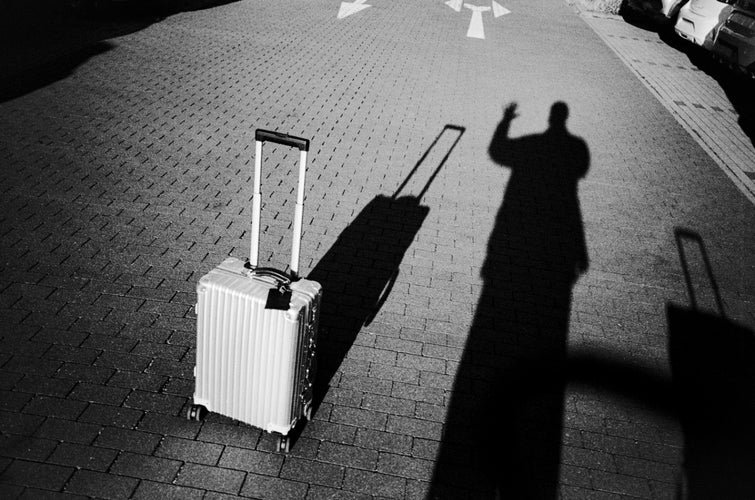Travel beyond the popular hotspots to these least-visited regions.
Been to Barcelona? Ticked off culture in Madrid? Eaten your way around San Sebastián? It’s time to explore another side of Spain in the following five regions. Whether it’s hiking high in the Aragón mountains, taking a culinary tour of Extremadura, or soaking up the sun in Navarra, prepare to discover places the locals like to keep a secret.

Savour paella and culture in elegant València
A vibrant regional capital with Mediterranean beaches, Modernista architecture, cool boutique hotels, and flavoursome local dishes – we’re not talking about Barcelona, but its southern neighbour, València. The east-coast entrepôt sees Barcelona’s Gaudí-designed Park Güell and raises it Santiago Calatrava’s futuristic City of Arts and Sciences complex, which fills the drained Turia riverbed with gleaming museums, cultural centres, and Europe’s largest aquarium.
On the culinary front, València is the birthplace of paella, traditionally simmered over an aromatic fire of orange tree branches and pinecones. Valèncians prefer the slow-cooked rice dish with chicken and rabbit to seafood and chorizo. Try it at Restaurante Levante, overlooking the Turia Garden in the dry riverbed, or at La Barraca de Toni Montoliu in the Huerta greenbelt. You can immerse yourself in Spanish Art Nouveau, too, by eating at Colón Market or checking into Palacio Santa Clara, Autograph Collection, which occupies an elegant mansion near shopping thoroughfare Carrer de Colón.
Explore Navarra’s forests and plains
The diverse region between the Basque Country and Aragón offers Spain in miniature, with landscapes to satisfy romantic daydreams of both Don Quixote badlands and the verdant northwest. North of Pamplona, Navarra’s well-watered and luxuriantly green hills and mountains are covered in dense beech forests that, come October, turn a fiery red and orange. On the other side of the province are semidesert canyons, pilgrim trails, and dry hills lined with vineyards.
In the Irati region’s rolling beech forest, one of the largest in Europe, you can enjoy gentle walking trails before spending a romantic night in an Irati Barnean boutique wooden ‘igloo’ or nestling among the branches in a treehouse at Agroturismo Mari Cruz. Head to southern Navarra and you’ll come to the edge of the surreal Bardenas Reales badlands, where you can taste local garnacha (grenache) wines and olive oil at Bodegas Caudalía in Baja Montaña.
Climb high amid the peaks of Aragón
A northern alternative to Andalucía’s Sierra Nevada massif, the mountainous region between Catalonia’s Costa Brava and Madrid shows off the Spanish side of the Pyrenees. This staggering chain of soaring mountains, dotted with alpine meadows and prim valleys that support an ancient shepherding lifestyle, have their finest moments in Aragón, running like a glacial wall along the border with France’s Parc National des Pyrénées.
The Parque Nacional de Ordesa y Monte Perdido, a UNESCO World Heritage Site, protects a series of canyons that lead off the southern flanks of Monte Perdido (3,355m). In and around the park are world-class hiking, via ferrata, rock climbing, mountain biking, and kayaking opportunities that’ll take you to new heights. And from the airstrip in nearby Santa Cilia, you can climb even higher, taking in vulture-eye views of the mountains on a Fly-Pyr accompanied glider flight. Back on terra firma, return to the high peaks for a cosy night snuggled up in a TENAPARK ‘igloo’ in the Tena Valley.
Feast on tapas and history in Castilla y León
The Camino de Santiago is a Spanish icon, but it’s not the country’s only pilgrims’ path – the Camino Teresiano leads from Ávila, the birthplace of 16th-century Carmelite mystic Saint Teresa of Jesus, to her tomb in Alba de Tormes. The route is one of Castilla y León’s unsung attractions, alongside the medieval towns, lively university cities, world-famous wineries, and Michelin-starred gastronomy of this Spanish heartland.
Segovia is a popular train trip from Madrid for its 167-arch Roman aqueduct, Disneyesque Alcázar castle, and the last Gothic cathedral built in Spain. The honey-coloured university city Salamanca’s plateresque architecture measures up to the Alhambra and Seville’s Barrio de Santa Cruz. As golden hour descends on the main square, order a round of tapas – also recommended in the Barrio Húmedo old quarter of León, an enchanting Camino de Santiago staging post, and Valladolid, another historical charmer. Ribera del Duero is the most-known Spanish wine region after Rioja for its tempranillo reds, and Vega Sicilia is one of the world’s most exclusive wineries.
Ask us a question
When logged into Mobile or Online Banking, Sandi, our digital assistant, can help get the answers you need
